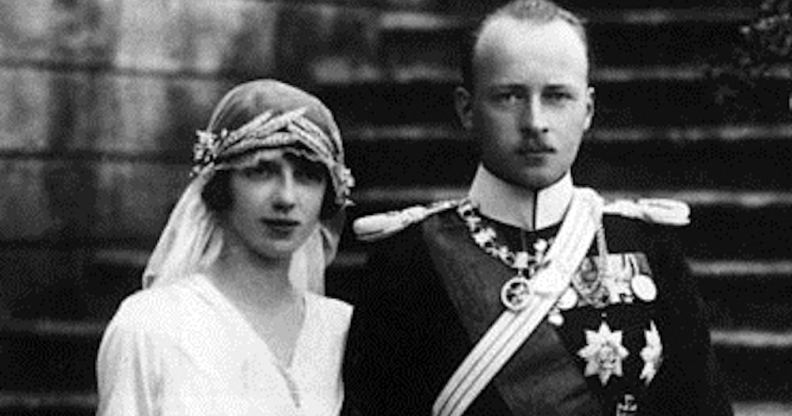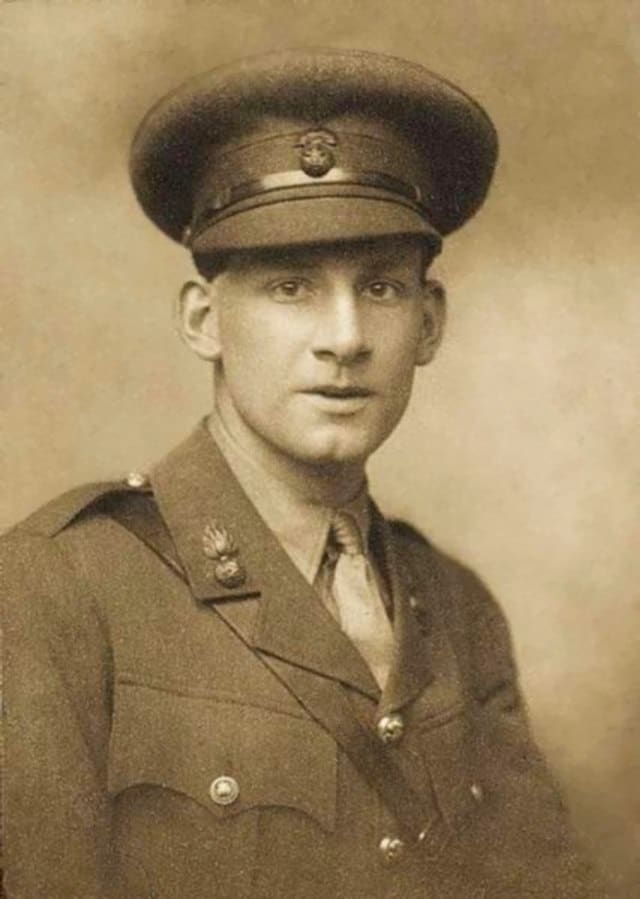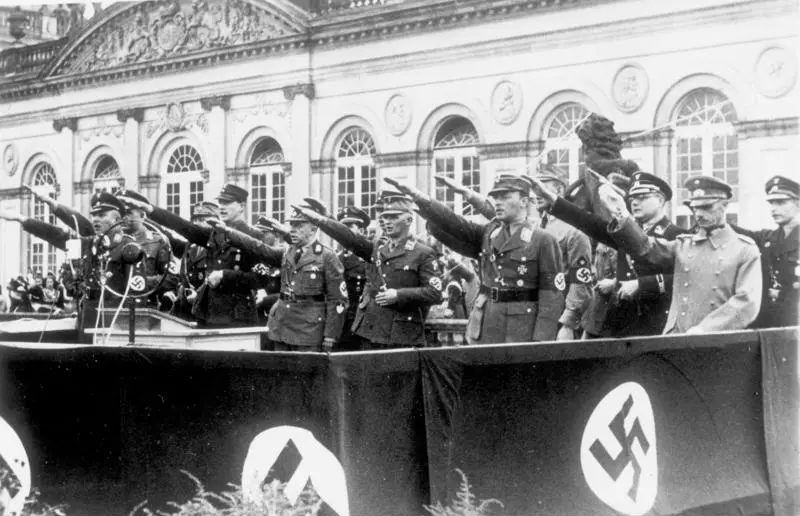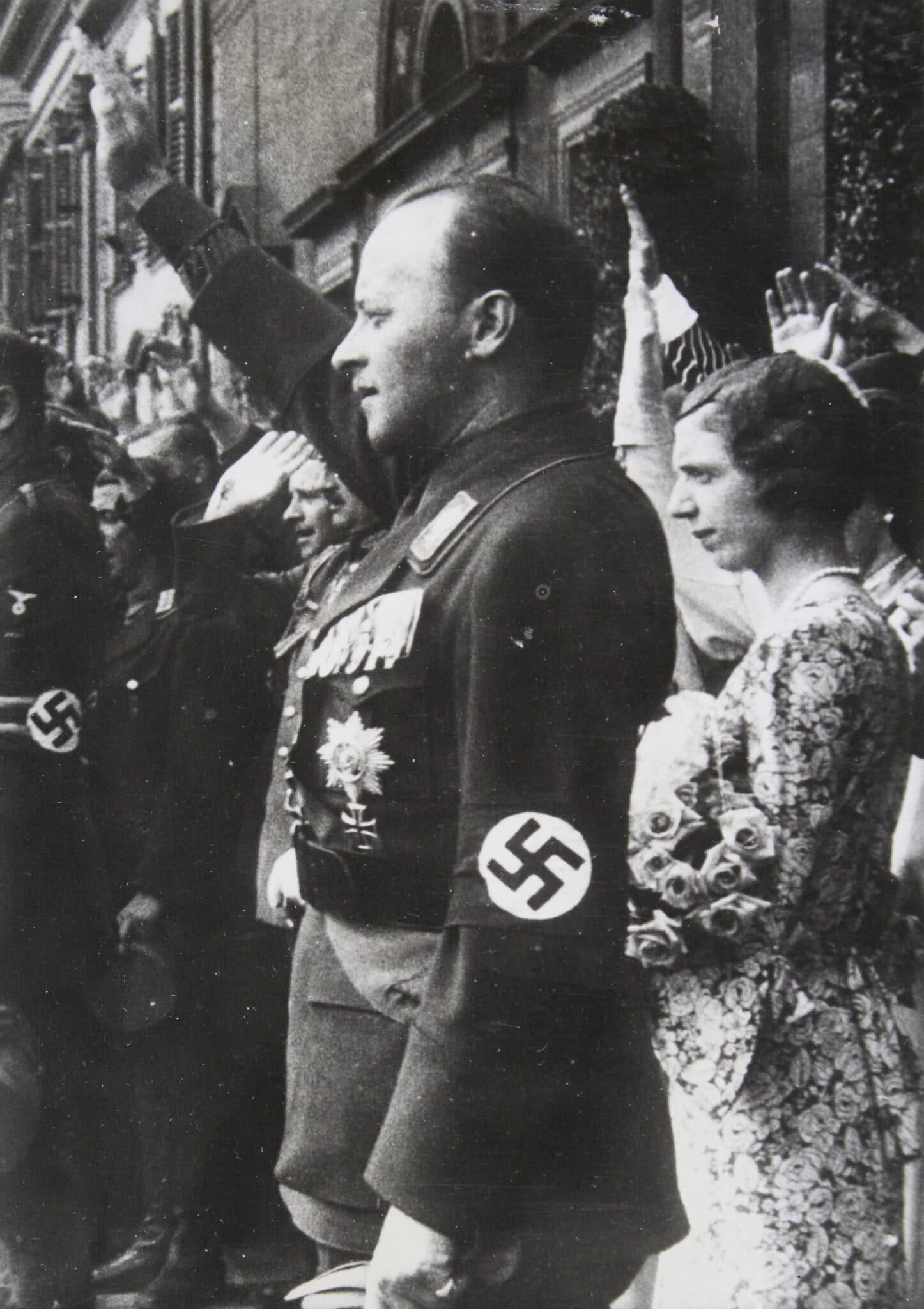Meet Prince Philipp of Hesse, the Queen’s third cousin, a ‘bisexual dilettante’ and Hitler’s art dealer

Prince Philip of Hesse with his wife Princess Mafalda. (Wikimedia Commons)
Most people have never heard of Prince Philipp of Hesse, Queen Elizabeth II’s third cousin and Queen Victoria’s great-grandson, but his life as Adolf Hitler’s bisexual art agent is finally being told in a fascinating new book.
Dean Palmer is a non-fiction TV producer, director and writer who has worked with Netflix, the BBC, ITV and Channel 4.
His new book, Tea With Hitler, tells the stories of the royal family’s Nazi relatives, including Prince Philipp of Hesse, after whom the late Prince Philip, Duke of Edinburgh, was named.
The Hesse family are direct relations of today’s British royal family, with the name “Hesse” having been abandoned by the Duke of Edinburgh’s grandmother in favour of the more English-sounding “Mountbatten” during the First World War.
It is through the Hesse family that Queen Elizabeth II and her late husband are related, and both of them are third cousins of Prince Philipp of Hesse.
Queen Victoria had nine children, but as they married into royal families across Europe, her descendants found themselves “on opposite sides of two World Wars”, Palmer told PinkNews.
Prince Philipp of Hesse was born in Germany and raised at Friedrichshof castle, built by his grandmother, who was Queen Victoria’s eldest daughter. But he was educated in England, attending a prep school in Bexhill-on-Sea, and even had an English nanny.
“[Friedrichshof] is a bit like Balmoral,” Palmer said. “It’s full of pictures of Queen Victoria and it’s covered in tartan, everywhere, but it’s in the centre of Germany… There was huge movement all the time between Germany and England.”
He added: “You know that very sort of nasal accent the royals have, that isn’t like upper-class English at all?
“It’s German. It’s what posh German people sound like when they speak English.”
Prince Philipp of Hesse was “a bit of a dilettante”, Palmer said, doing “a bit of engineering studies, a bit of interior design” and eventually settling in Rome, Italy.
He also had lots of affairs with both men and women, and is widely believed to have been bisexual, although the term wasn’t commonly used at the time.
One of these love affairs was with famous British war poet Siegfried Sassoon, and the two men exchanged love letters after meeting in Rome in 1922. However, the romance soon fizzled out as Philipp was “quite promiscuous”, with Sassoon writing in his diary: “Am I only one of P’s regular succession of ‘affairs’?”

Siegfried Sassoon. (Wikimedia Commons)
Prince Philipp’s family later organised “a lavender marriage with the daughter of the king of Italy, Princess Mafalda… and they had quite a happy relationship”.
At the time, Palmer explained, many aristocrats “very worried about the rise of communism”, but the Hesse family were “absolutely paranoid” as the Empress of Russia, who had recently been murdered in the Russian Revolution, was a Princess of Hesse.
“They thought of the Nazi Party as being a defender of their lifestyle,” said Palmer. “They didn’t like them, they thought they were thugs, but they were strong men who could stand up to communism.”
The bisexual prince, however, took it further than most, becoming an early adopter of Nazism in 1930 and “good friends” with Adolf Hitler.

Philipp of Hesse, second from right in the first row, in Kassel, 1933. (Wikimedia Commons)
“Adolf Hitler really liked him,” said Palmer. “Basically, he was almost Adolf Hitler’s art advisor… he was involved in buying a lot of art for Hitler.
“He narrowly, I think, stayed on the legal side, because he was mostly involved in acquiring art in Italy.
“The art that was acquired in France was basically stolen from Jewish families. You couldn’t quite pin him down to that crime, but he was involved in a very murky area of buying art at discount prices for Adolf Hitler.”

Prince Philipp of Hesse and his wife Mafalda, 1933. (Austrian Archives/Imagno/Getty)
Prince Philipp of Hesse was also, Palmer said, the “sort of unofficial go-between between Hitler and Mussolini, because he lived in Italy and was married to an Italian king’s daughter”.
But this position caused Philipp to fall out of Hitler’s good graces, after Italian king Victor Emmanuel III turned on Mussolini, and the prince was ultimately sent to the Flossenbürg concentration camp in 1943.
Flossenbürg was used by the Nazis to hold many “degenerates”, including LGBT+ people, and Palmer said: “One of the accusations that was levelled at Philipp was that he was gay.”
However, the prince was not treated like other prisoners.
“He was put in a separate cell, he wasn’t with the common people,” Palmer said. “He arrived with about four suitcases and these suitcases got carried in for him.”
The prince survived the war, although his wife who was sent to another concentration camp did not, and upon his release he claimed that he had been part of the opposition to Hitler.
“No one believed it,” said Palmer.
“Everyone knew that he was really in deep with Adolf Hitler, and he was charged with war crimes. He was charged under category five, which was basically murder, because as governor of Hesse, he had been involved in the policies of euthanasia.”
However, he only served between two and three years in prison, as he could afford expensive lawyers and the “allies had a bigger problem, which was to deal with Soviet Russia”.
With a now “tarnished reputation”, Philipp retreated to a medieval tower on the grounds of Friedrichshof castle, and split his time between Germany and Italy, before his death in 1980.
On why most British people have never heard of Prince Philipp of Hesse, Palmer explained: “In the immediate aftermath of the war, Churchill made a concerted effort to help King George VI and the Queen Mother keep a lid on all of this.
“The [royal family] has never denied it. But they’ve never made a big fuss about it.”

